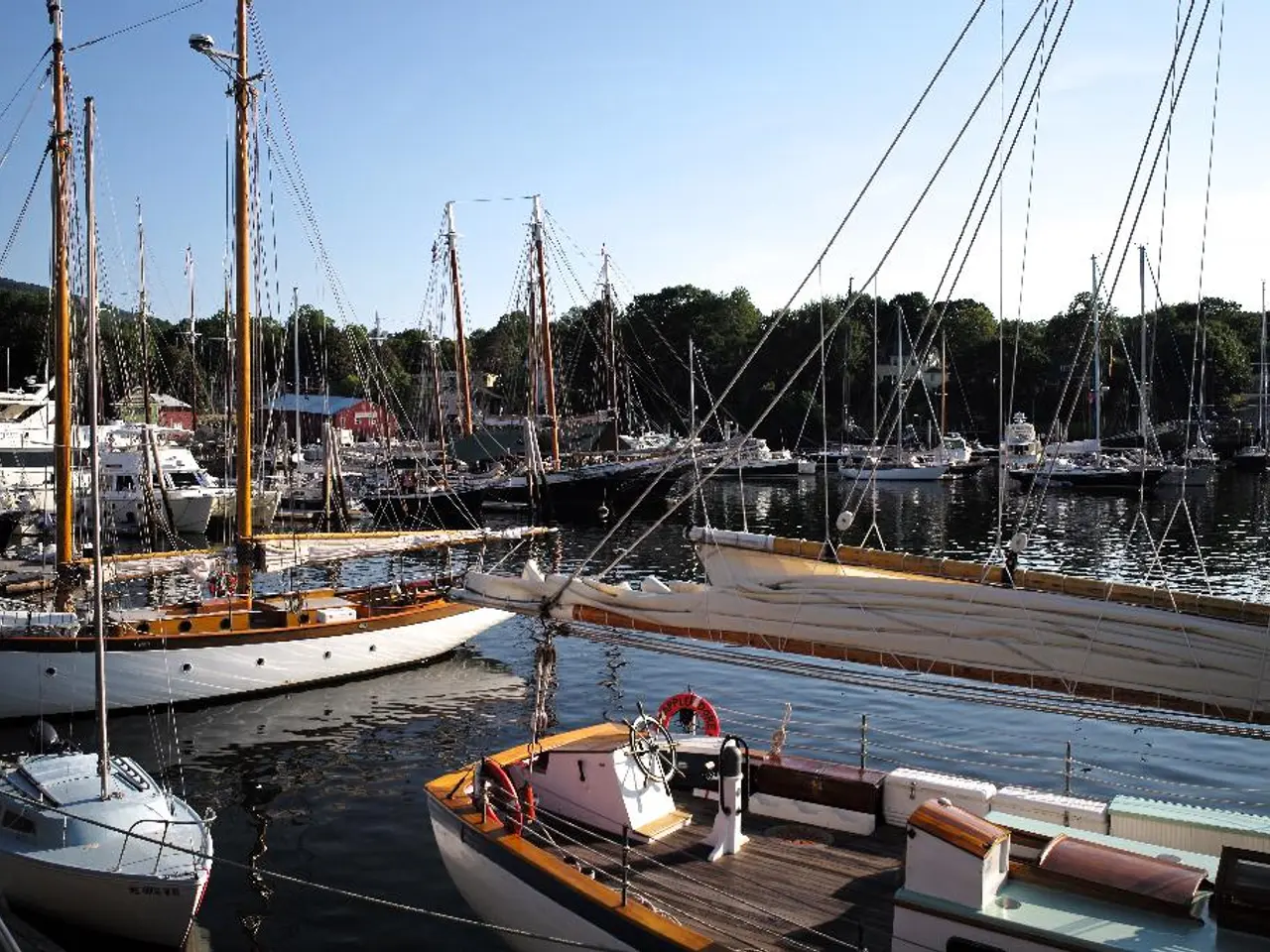Looming risks of bottlenecks in the supply of rare earths pose a threat to German industries.
Europe and Germany are taking decisive steps to reduce their reliance on China for critical rare earths, essential components in key technologies such as electric vehicles (EVs) and wind turbines. China's significant influence on the global supply of these materials makes it a strategic gatekeeper, and the risks of supply disruptions have increased significantly over the past decade.
According to a recent study, 98% of EU imports along the magnet value chain come from China. Even minor geopolitical tensions, export stops, or logistical bottlenecks can disrupt supply chains and trigger entire production failures. In Germany, 77 out of 168 product categories that require rare earths are highly relevant to German exports, with their processing almost entirely controlled by China (91%).
To address this issue, Europe and Germany are pursuing a multi-pronged approach. One strategy involves developing local production and processing capacity. Neo, a company based in Estonia, is building a commercial-scale rare earth permanent magnet factory in Narva, aiming to supply European EV makers and reduce reliance on Chinese imports. Neo is also constructing a pilot heavy rare earth separation line, filling a major capability gap in Western supply chains.
Another strategy is diversifying supply sources geopolitically. The German government and EU wind sector have launched a "resilience roadmap" aiming to have 30% of turbine magnets sourced from alternatives by 2030 and 50% by 2035. This includes strategic partnerships and foreign investments in countries like Australia and Japan to build new supply chains beyond China.
Europe is also exploring technology alternatives, such as magnet-free technologies, low-emission internal combustion engines, hydrogen fuel cells, and simplified motor designs to reduce or replace rare earth magnet usage. Although recycling permanent magnets from decommissioned turbines holds promise, current volumes before 2030 are too small to meaningfully supply demand. Developing a viable secondary market and recycling technologies could support resilience but is a longer-term strategy.
The benefits of reducing dependence on China are manifold. Strategic autonomy limits vulnerability to export restrictions, as occurred in 2024 impacting European automakers and wind turbine manufacturers. Supply chain resilience reduces the risk of supply disruption or price volatility, enhancing industrial stability and competitiveness. Investments in local production and processing facilities foster regional industrial capability, innovation, and job creation in high-tech sectors. Diversification lessens Europe's dependence on China, balancing global trade relations and supporting an independent trade policy beyond China's leverage.
Secure access to rare earth materials is vital for meeting decarbonization goals, as EVs and renewable energy technologies like offshore wind turbines are critical for meeting climate targets. The European Raw Materials Alliance predicts global demand for permanent magnets to increase from 5,000 tonnes in 2019 to up to 70,000 tonnes per year by 2030. Without targeted investments in own processing capacities, strategic partnerships, and diversification of supply sources, there is a long-term risk of losing technological sovereignty and access to future markets.
- Germany's strategy to tackle reliance on China for rare earths in sports (specifically, wind sports) and key technologies like electric vehicles (EVs) includes a plan to diversify supply sources, such as forming strategic partnerships and foreign investments in countries like Australia and Japan.
- To ensure technological autonomy and secure access to rare earths for key applications in sports technology and other sectors, Europe is exploring technology alternatives like magnet-free technologies and hydrogen fuel cells, as well as developing local production and processing capacity, such as Neo's factory in Estonia.




